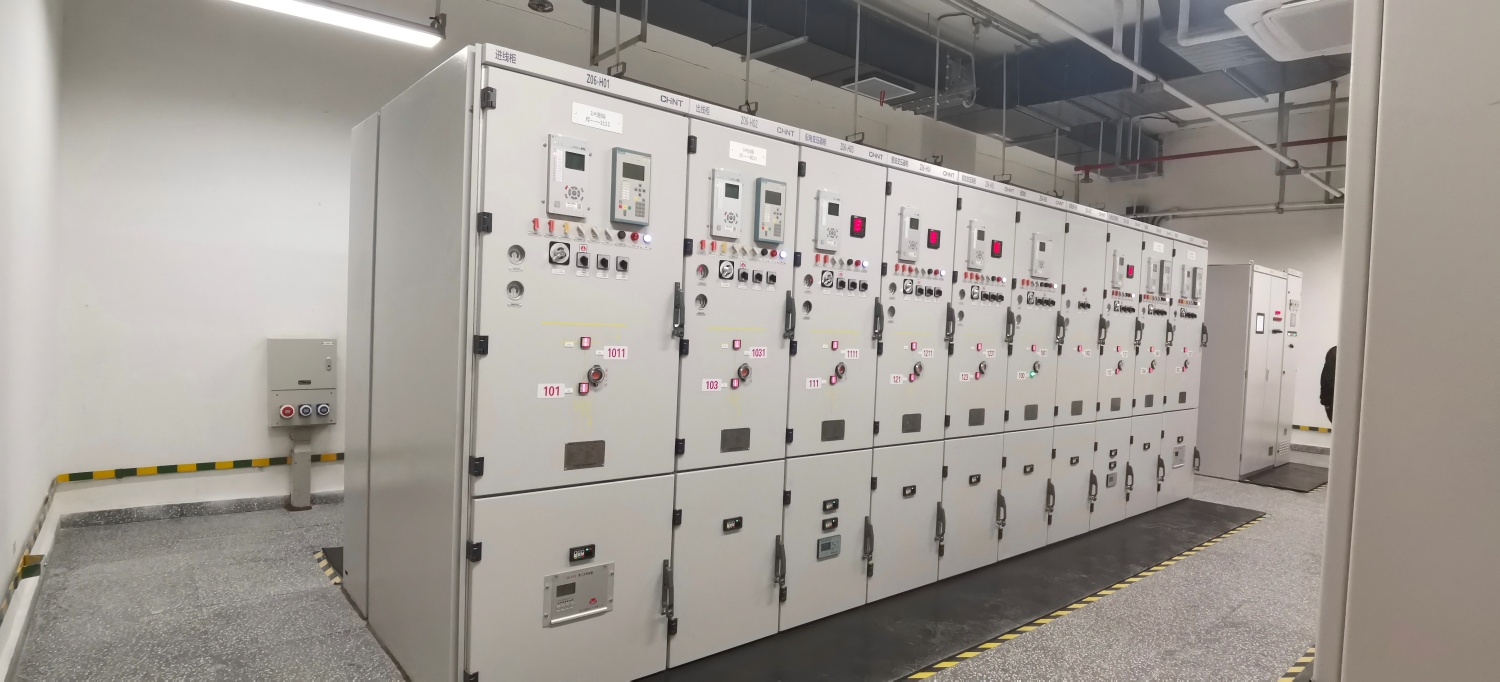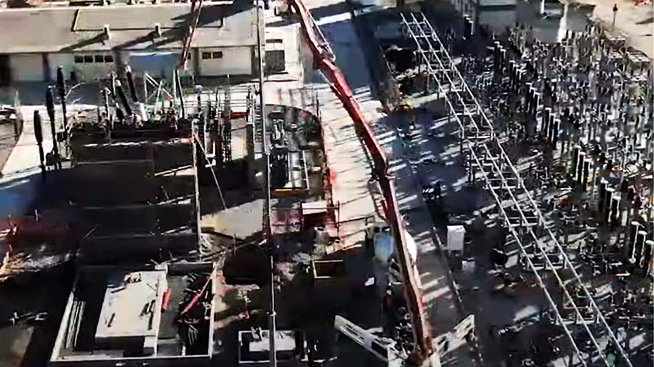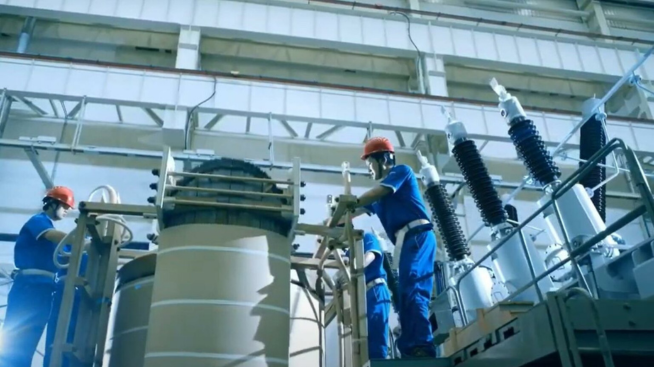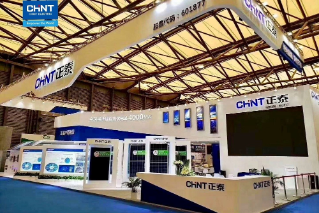Renewable energy sources are becoming a big component of how the world makes power. As they become more common, they put strain on existing electrical systems. Gas-insulated switchgear helps fix these problems. It helps keep the power flow steady and the distribution reliable. This makes it an important part of the electrical infrastructure that is ready for the future.
The Need for Advanced Switchgear in Renewable Energy Systems
Wind and solar electricity are not always reliable. The weather and the time of day affect how much they produce. This makes it harder to forecast the power supply. To adapt to this scenario, a switchgear unit that is both reliable and efficient is crucial.
Gas-insulated switchgear solutions work well in a wide range of situations. It helps keep the voltage stable and the power distribution safe. It is the goal of utilities to maintain networks running without any worries. As more people use renewable energy, there is a greater need for improved switchgear.
Gas-insulated switchgear units are small and strong. This makes it ideal for modern grids that require innovative solutions to manage shifting energy patterns.

Advantages of Gas-Insulated Switchgear in Renewable Applications
There is a debate pitting air-insulated switchgear vs. gas-insulated switchgear units. Both have various factors going in their favor. Today, let us take a look at the advantages of GIS units in renewable applications.
Compact Design for Space-Constrained Installations
The small design of a gas-insulated switchgear unit is a welcome feature. It works well in small spaces where air-insulated systems wouldn't operate. This makes it a good alternative for cities, offshore platforms, and wind farms.
The sealed design also keeps dust, moisture, and other things from getting inside and damaging the parts. This helps things last longer and need less upkeep. This compact design meets the growing demand for efficient power systems, as more energy projects are being developed in limited areas.
Improved Safety and Dependability
Power systems need tools that can handle stress. Gas-insulated switchgear performs well even under challenging conditions. It protects the parts within from weather, rust, and pollutants. It is less likely to catch fire or arc because it is sealed and uses insulating gas.
Built-in safety features reduce the likelihood of something going wrong. Operators are safer and have fewer outages. These features enable utilities to maintain a steady supply without frequently interrupting service.
High Voltage Handling Capabilities
A gas-insulated switchgear makes it easy to use high-voltage equipment. It can manage heavy electrical loads without losing power. This makes it a good alternative for systems that connect big renewable energy sources.
It helps keep the load under control when the wind or sun picks up. The flow of power is steady even when the input changes quickly. Switchgear that can handle rigorous demands is becoming increasingly valuable as more high-voltage projects start up around the world.
Gas-insulated switchgear addresses these criteria by working reliably and having strong insulation. This helps with both present and future energy goals.
Implementing GIS in Renewable Energy Projects
Gas-insulated switchgear units have significantly contributed to numerous renewable energy projects worldwide. GIS is used by offshore wind farms in the North Sea to protect electrical equipment from the corrosive effects of salt and moisture. This is essential as, without the protective unit, electrical equipment can be prone to damage.
GIS helps solar power plants in regions such as the Middle East and southern Europe manage a significant amount of energy during peak sunlight. Hydropower stations in Asia and South America are better off since they are small and can manage high voltage.
GIS helps maintain power, safety, and stability in places that are hard to get to or dangerous. Its sealed system cuts down on problems and service interruptions. As a result, it is a reliable method for generating renewable energy.
CHINT's NG7-12-40.5(Z)/T(630–3150) GIS in Renewable Energy Integration
The CHINT NG7-12-40.5(Z)/T(630–3150) is a gas-insulated metal-clad switchgear that safely and reliably distributes power. It works at a voltage of 40.5 kV and a current range of 630 A to 3150 A. This device can handle a short-time withstand current of up to 40 kA for 4 seconds.
CHINT’s NG7-12-40.5(Z)/T(630–3150) boasts numerous features that make it stand out from the competition. To start, the small size makes it easier to install because it takes up less space. This is ideal for areas with limited space, such as offshore wind platforms or solar plants in remote locations.
Its simple use makes it easier to set up in renewable energy systems. The design that requires minimal maintenance reduces downtime and the need for on-site technical support.
These features are ideal for renewable energy projects that require a stable and reliable electricity supply. The switchgear works better over time because it has fewer moving components and is sealed.
This helps keep prices down while also contributing to the achievement of renewable energy goals. The NG7-12-40.5(Z)/T performs well in tight or confined spaces and is a great option in the gas-insulated switchgear market.
Future Trends in GIS and the Evolving Renewable Energy Landscape
Digital monitoring and eco-friendly insulating gases are two trends that are driving the advancement of GIS technology. These qualities enable the grid to stabilize and have a lesser impact on the environment.
GIS systems are now designed to meet the growing needs of renewable energy projects. Because they are small, they are easy to set up in solar and wind farms that are far away.
GIS uses digital sensors to get real-time data, which helps operators keep the electricity flowing steadily. Using clean energy sources is reducing the greenhouse gases emitted by the electrical infrastructure.
GIS is a major part of making renewable energy more widely available throughout power networks thanks to these new technologies. This attribute allows GIS units to be future-proof and a good choice moving forward.
Conclusion
Gas-insulated switchgear units allow the energy voltage to be stable and safe when being dispersed. A GIS boasts many features, such as the ability to fit tighter spaces, reliable performance ensuring safety, and the ability to handle high-voltage units without a hitch. If you are in the market for a GIS, the CHINT NG7-12-40.5(Z)/T(630–3150) is a reliable choice that you can count on.






